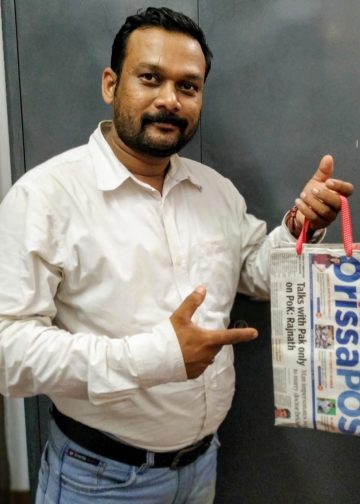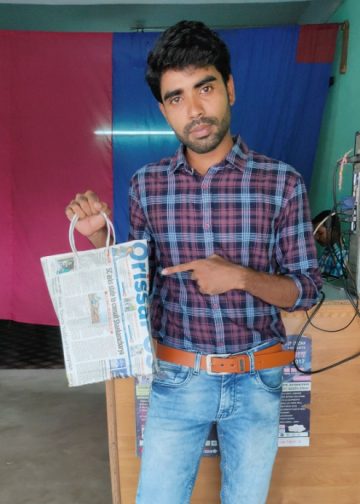Rourkela: A team of researchers at the National Institute of Technology, Rourkela has developed a reusable photocatalyst system that uses natural sunlight to treat industrial wastewater, offering a cost-effective and sustainable solution especially suited for rural and resource-constrained regions. The system features iron-doped nano-titania combined with graphene oxide, immobilised on spherical beads made from green concrete. These beads are produced using coal fly ash-derived zeolite, a repurposed industrial byproduct that contributes high mechanical strength, porosity and absorption capacity to the material. This combination enables the photocatalyst to break down toxic pollutants in wastewater effectively using only sunlight. The research findings have been published in the Journal of Water Processing Engineering, co-authored by Prof Subhankar Paul of the Department of Biotechnology and Medical Engineering, along with research graduate Dr Sohel Das and research scholar Uma Sankar Mondal. Two patents have been filed for the technology. The first, titled ‘Titania and Graphene Oxide-Based Photo-Fenton Catalyst and Use Thereof’, is registered under patent application number 202331071180 and has been filed and published. The second, titled ‘Development of Green Concrete Beads Coated With Metal-Doped Nano-Titania and Silica Conjugate as Photocatalyst and Use Thereof’, is filed under application number 202431083867 and has reached the stage of publication and issuance of the First Examination Report.
According to Prof Paul, the system achieved a reduction of over 82 per cent in Chemical Oxygen Demand (COD), a key measure of water quality, when tested on simulated wastewater under sunlight. The photocatalyst also retained more than 90 per cent of its efficiency after 15 cycles of reuse, underlining its durability and potential for real-world applications. The beads can be easily introduced into wastewater reservoirs exposed to sunlight and removed after treatment, making the system highly practical for decentralised treatment setups. Unlike conventional photocatalysts that require ultraviolet light sources and are not easily reusable, this technology operates solely with sunlight, significantly reducing operational costs and complexity. The innovation presents a timely response to the global problem of industrial water pollution, with potential applications in treating effluents from textiles, leather, paints, pharmaceuticals and metal processing industries, as well as municipal waste water and contaminated natural water sources.






































